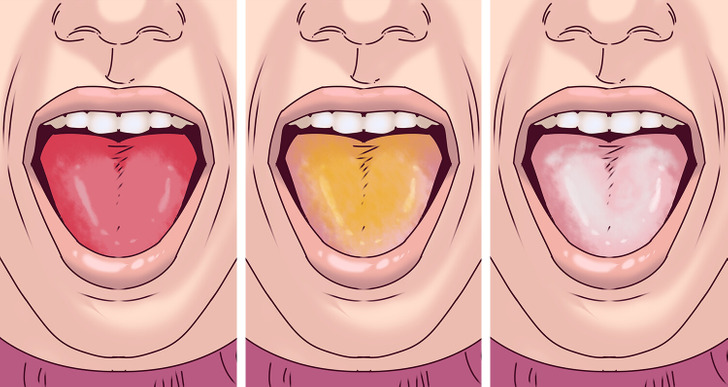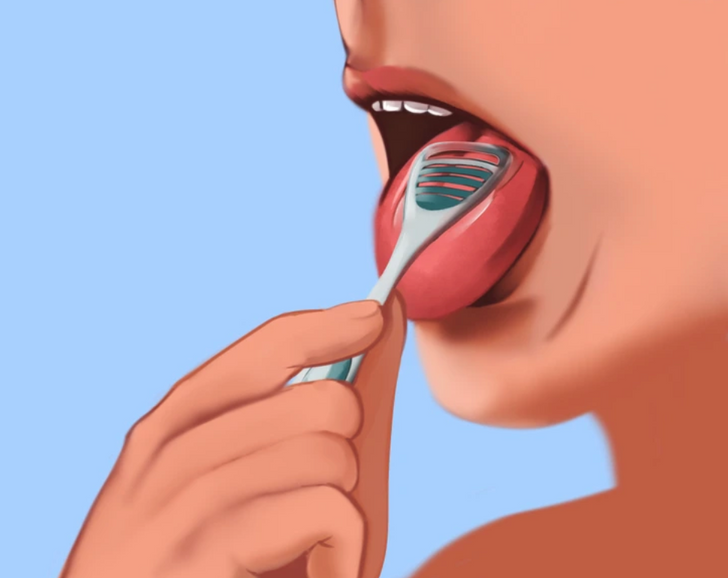15 Stories That Prove Some Children Are Just Tiny Superheroes

Sometimes, our tongue acquires new shades, and there is an explanation for this. It turns out that the unusual colour of this organ can warn us about certain problems in the body.
❗ This article is for informative purposes only and can't replace the advice of a specialist.

The white film may cover the entire tongue, part of it, or appear as spots. At the same time, an unpleasant odor and taste in the mouth may appear. It looks as if there are small white hairs on the tongue's surface. In fact, they are buds covered with organic particles, bacteria, and dead cells.
White plaque on the tongue (which can also be yellow) may appear for different reasons, like due to irritation or because of an infection. It usually disappears after several days. If the situation doesn't change for several weeks, and it's painful to eat and talk, it's best to see a doctor.
It's important to note that the plaque may not only be white. While a pink tongue is normal, a brown tongue means the person drinks too much coffee or tea. A yellow tongue means there's something wrong with the liver. Sometimes, a yellow tongue is a sign of diabetes. Red tongue is a sign that the person lacks vitamin B. This is also how the tongue turns red in allergies.
Geographic tongue is a condition where white spots appear on the tongue. It’s quite rare, and the causes are unknown, but the condition itself is often connected to eating foods that irritate the tongue. It may also be a reaction to stress, an illness, or hormonal changes.
White plaque or white spots on the tongue can appear for several reasons.
There are some things that make the appearance of white plaque on the tongue more probable:


Changes in the colour of your tongue can be completely harmless or, on the contrary, dangerous. For example, after drinking a glass of cherry juice, you may notice that your tongue has turned red. This is completely natural and goes away quickly.
If the change in the colour of your tongue persists for several days, see a specialist.
It turns out that our nails can also change their colour and alert us to health problems.











